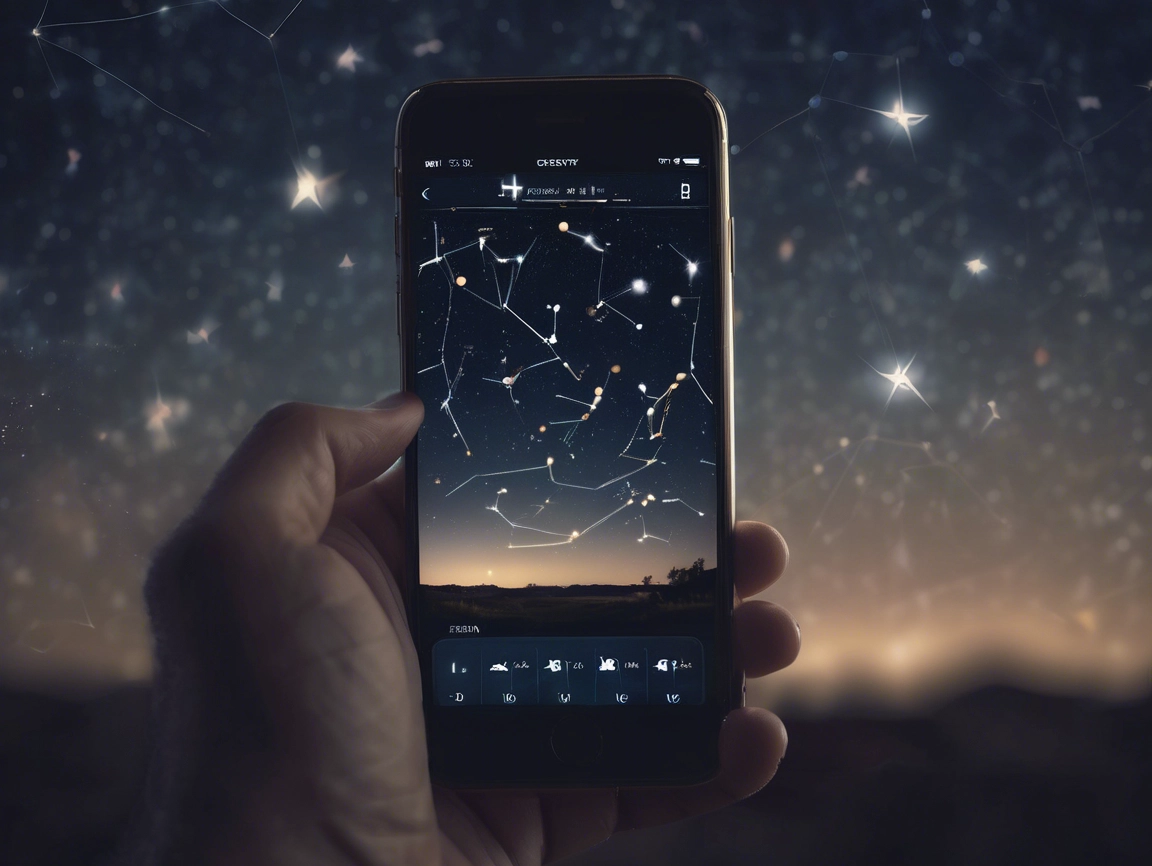Stargazing 101: A Beginner’s Guide to Exploring the Night Sky
Looking up never gets old. Whether it’s your first time spotting the Milky Way or you’re just curious about that bright “star” that moves (hint: it’s a satellite), stargazing opens a window to something bigger, quieter, and full of wonder.
In this beginner’s guide, we’ll walk you through how to get started, where to go, and what to bring — all without needing a telescope or a Ph.D. in astrophysics.
Why Stargazing Is the Ultimate Low-Tech Escape
Let’s face it: we spend most of our lives looking down — at screens, emails, and endless to-do lists. Stargazing flips that script. It slows you down, resets your perspective, and offers a front-row seat to the universe.
Here’s what makes it so rewarding:
- No experience required — just your eyes and a little patience
- Naturally relaxing — like meditation, but with constellations
- Connects you to nature — even in suburban or rural areas
- Timeless — the stars you see tonight are the same ones your ancestors followed
As NASA puts it, the night sky is a shared heritage — free, beautiful, and always evolving.
? What You Actually Need to Get Started
You don’t need a telescope to stargaze. In fact, most beginners are better off starting with less gear and more curiosity.
Basic Starter Kit:
- Dark spot away from city lights (use Light Pollution Map)
- Clear night with minimal clouds or moonlight
- Star map app like SkyView or Stellarium
- Binoculars (optional, but helpful)
- Blanket or reclining chair
- Red flashlight (to preserve night vision)
- Thermos + snacks (obviously)
Start with naked-eye stargazing — it helps you learn the patterns before diving into telescope territory.
? Best Things to Look For (Without a Telescope)
Once you’re outside and adjusted to the dark, here’s what to scan for:
Constellations
Start with the easy ones: Orion, Ursa Major (Big Dipper), and Cassiopeia. They’re bright, distinctive, and always a good starting point.
The Moon
A great target for beginners. Its phases affect visibility, and it’s stunning even with basic binoculars.
Planets
Use your star app to find Venus, Jupiter, and Saturn — they’re often visible without aid and stand out due to their brightness.
Meteor Showers
Look for peaks like the Perseids (August) and Geminids (December). Just lie back and scan the sky.
Satellites + ISS
That “moving star” is likely the International Space Station — check its schedule and wave as it flies by.
Where to Go for the Best Stargazing
If you’re serious about a stellar view, location matters. Try:
- National Parks (like Great Basin or Big Bend — both International Dark Sky Parks)
- State parks and forests away from urban glow
- Local observatories or astronomy clubs (Google your town + “star party”)
- Your backyard — just turn off the lights and give your eyes 20+ minutes to adjust
Planning a trip? Dark Sky International has a full list of certified dark sky places worth bookmarking.
The Nerd Factor: Why Stargazing Hooks Us
Nerds have always been sky people. From ancient navigation to modern space telescopes, we’ve looked up and asked why — and what if — more than most.
Whether you’re into mythology, physics, or sci-fi, stargazing scratches the curiosity itch in all the right ways. It’s humbling and empowering at the same time.
Final Thoughts: Start With Wonder
You don’t need to know the name of every star. Just looking up is enough to feel small in the best possible way.
So the next time you’re outside on a clear night, pause. Tilt your head back. And let the night sky remind you that we’re part of something massive — and maybe a little magical, too.









